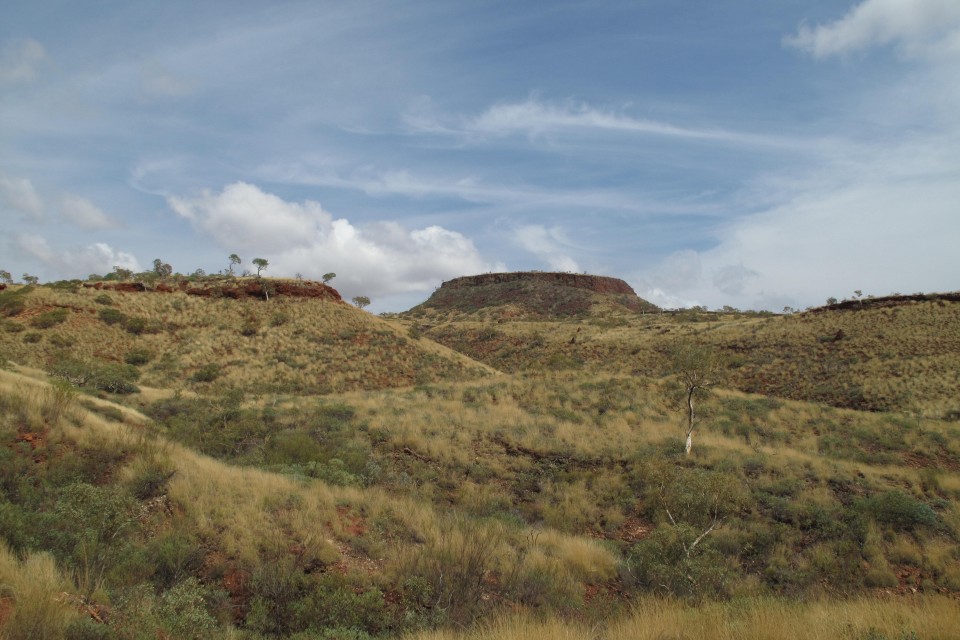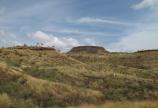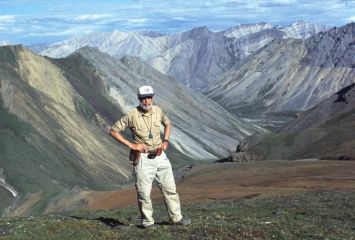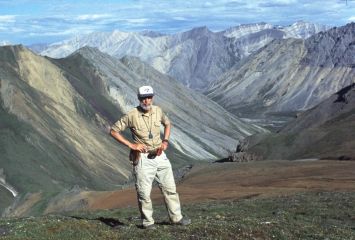Expert Q&A on efforts to reverse desertification

Restoration of degraded drylands is urgently needed to mitigate climate change, reverse desertification and secure livelihoods for the two billion people who live in these areas, say an international group of ecologists who examined the success of seeding drylands with key native plant species. The study examining the success of these attempts—Drivers of seedling establishment success in dryland restoration efforts—is published today in Nature Ecology & Evolution.
This study brought together knowledge from dozens of researchers to improve the reliability and usefulness of seeding efforts. The study’s lead author, University of Victoria restoration ecologist Nancy Shackelford says early results are promising. The group collected existing data on seed-based restoration around the world, examining 671 plant species on six continents across 174 sites. The results showed success in one third of all seeding treatments.
Q. What are the key findings of this new paper?
A. We found that most of our damaged dryland systems won't recover key native plant species without human help. In each project, we found seeding made a big positive impact and generally resulted in at least some successful native plant return. It should be noted that seeding is really hard and has variable outcomes. Ultimately, there is still a lot we don't understand about why certain species, in certain sites, in certain years, are responsive to seeding while others are not.
Q. What is the importance of seeding restoration?
A. With much of the world's natural areas degraded, damaged or even destroyed, seeding is a major tool for restoration, particularly for ecosystems like grasslands, meadows and savannahs. It's notoriously difficult, and outcomes for the plants that are seeded are unpredictable. However, when we perform these restoration activities, we support native biodiversity.
Q. Was there anything surprising about your research findings?
A. I think I was surprised that seeding worked as much as it did. Even with all of the variation, with the low numbers and even the failures, there were very few cases when unseeded areas performed as well as the seeded areas.
This was consistent across the whole world, and really reinforced for me how important seeding is. We need to get better at it, though, and we need to understand how certain site conditions, weather windows, restoration treatments or species traits can help predict and enhance what we get out of every seed that goes into the ground.
-- 30 --
Photos
Media contacts
Nancy Shackelford (School of Environmental Studies) at nshack@uvic.ca
Anne MacLaurin (Social Sciences Communications) at 250-217-4259 or sosccomm@uvic.ca
Jennifer Kwan (University Communications + Marketing) at 250-721-7641 or researchcomm@uvic.ca
In this story
Keywords: environment, sustainability, climate, research
People: Nancy Shackelford





